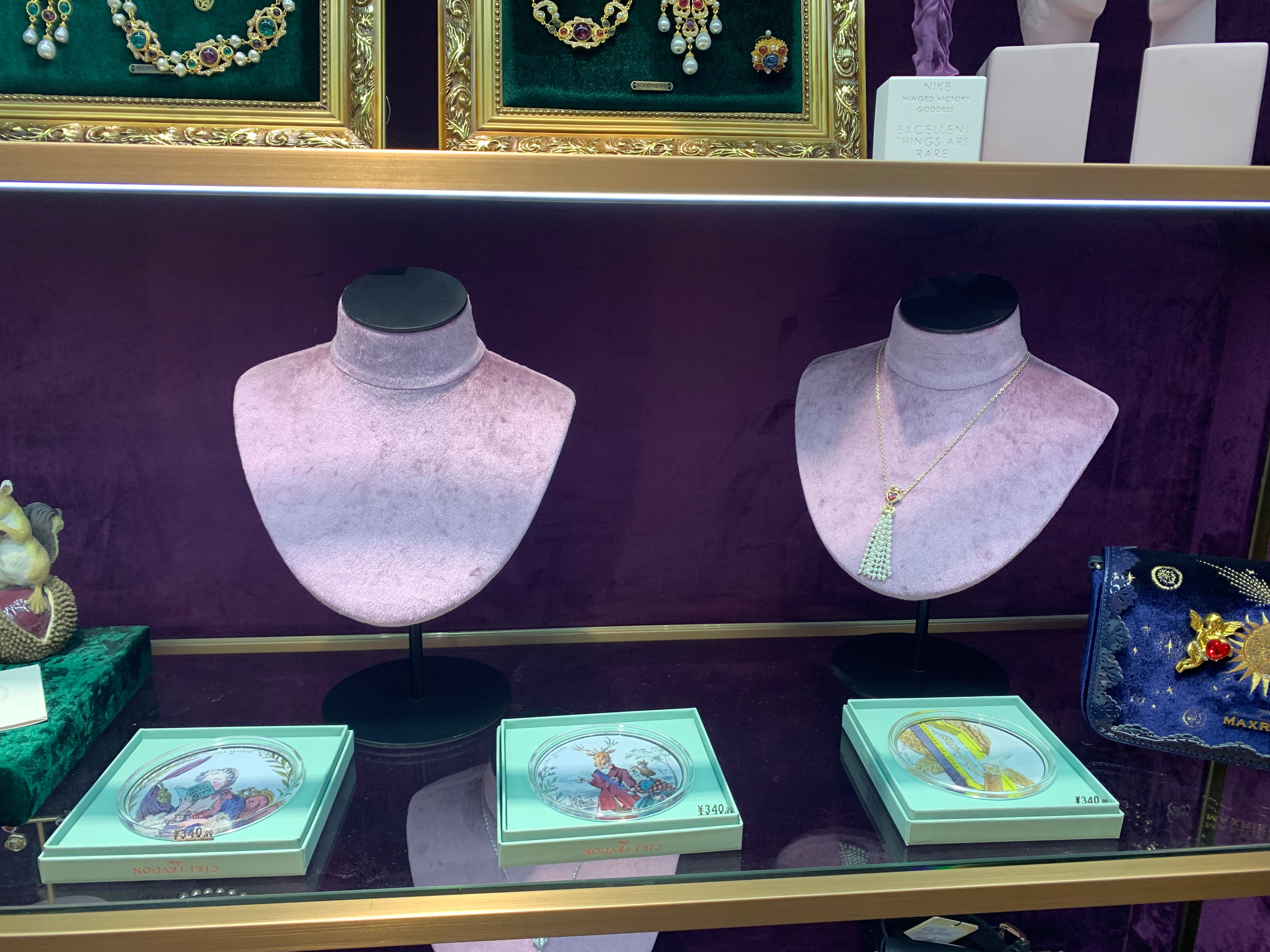Fashion Color Matching Tips

Color coordination can change the entire vibe of an outfit. Here are some practical rules to make your styling more polished and confident.
Light colors on top: They create a look that’s elegant, quiet, and serious.
Darker shades on top: They bring energy, liveliness, and confidence.
Highlighting the top: Pants should be slightly darker than the top.
Highlighting the pants: The jacket should be a shade darker than the pants.
On tricky colors: Green can be hard to style, but pairing it with brown works well. If your jacket has horizontal stripes, avoid vertical or checkered pants. If your jacket has vertical stripes, skip horizontal or checkered bottoms. When a jacket has a mottled or busy pattern, keep the pants in solid colors. If pants are multicolored, the jacket should stay simple. When the jacket features bold or large patterns, always balance it with plain bottoms.
General guidelines:
Avoid patterned shirts or ties with busy tops.
Striped or printed tops should always be matched with plain pants.
Shoes should coordinate with your overall outfit color.
When layering, stick with either tonal shades (same color family) or high contrast combinations for a more stylish look.
Classic combinations:
Black, white, and gray are neutral shades. They mix easily with other colors and rarely clash. Pairing white with a bright color makes it pop; pairing black with darker shades can make an outfit look heavier. Be cautious with mixing too many dark tones like deep brown, dark purple, and black—they fight each other and make the whole outfit look dull.
On the other hand, black + yellow is bold and eye-catching, while red + black feels formal, powerful, and full of charm.
Tone-on-tone principle:
Pair two shades of the same color—for example, deep green with light green, coffee with beige, or dark red with pale red. Pink tones create a soft, gentle look that feels approachable.